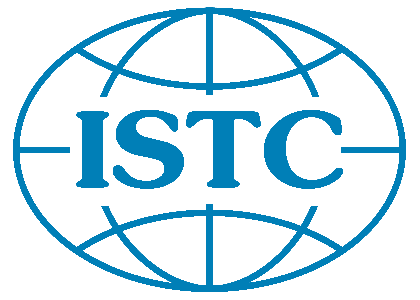Specialist in the field of cryogenic engineering & cryogenic technologies
The direction of training “Specialist in the field of cryogenic engineering & cryogenic technologies” includes the following sections:
1. Liquefied gases of the cryogenic temperature range (cryogenic liquids). Physicochemical characteristics; Application;
2. Flow charts for obtaining industrial cryogenic products;
3. Storage and transportation of cryogenic liquids.
4. Industrial safety rules applied in the production, storage and transportation of cryogenic products.
Study of section 1 “Liquefied gases of the cryogenic temperature range (cryogenic liquids) – Physicochemical characteristics – Application" includes the following issues:
Liquefied natural gas
- Basic properties of natural gas and requirements for its quality
- Natural gas production
- ОAreas of application of LNG. LNG as a motor fuel
Main products of low-temperature rectification of atmospheric air (oxygen, nitrogen, argon, krypton concentrate)
- Composition of standard atmosphere
- Basic physical and chemical properties of oxygen, nitrogen and argon
- Features of binary and more complex gas mixtures
- Application of atmospheric air separation products
Liquid hydrogen
- Physicochemical properties of liquid hydrogen
- The use of hydrogen as an energy carrier (hydrogen as a fuel for engines for various purposes, fuel cells)
Liquid helium
- Physicochemical properties of liquid helium
- Application of liquid helium
Section 2 “Flow charts for the production of industrial cryogenic products” includes the following issues:
- Technological cycles of natural gas liquefaction and corresponding installation diagrams
- Methods for industrial hydrogen production
- Technological cycles of hydrogen liquefaction and schemes of hydrogen liquefiers
- Methods for industrial production of helium and requirements for its quality.
- Technological cycles of helium liquefaction and schemes of helium liquefiers The 3rd section “Storage and transportation of cryogenic liquids” covers the following issues:
The 3rd section “Storage and transportation of cryogenic liquids” covers the following issues:
- International standards for cryogenic vessels
- Modern thermal insulation of cryogenic vessels
- Storage and transportation of LNG. Technologies for filling LNG into tanks and distributing LNG to consumers
- Storage and transportation of liquefied oxygen, nitrogen and argon.
- Static and transportable cryogenic vessels for liquid air separation products
- Technologies for filling air separation products into tanks and distributing them to the consumer
- Features of liquid hydrogen storage
- Ortho-para conversion of hydrogen and measures to compensate for the associated losses of liquid hydrogen during its storage
- Cryogenic vessels, pipelines, hoses and fittings used in the storage and transportation of liquid hydrogen
- Taking into account the phenomenon of hydrogen embrittlement of metal structural materials
- Features of liquid helium storage
- Ways to reduce losses
- Cryogenic vessels, pipelines, hoses and fittings used in the storage and transportation of liquid helium
- Features of thermal insulation of vessels for liquid helium
Section 4 is devoted to the study of industrial safety rules applied in the production, storage and transportation of LNG, cryogenic products of air, liquid hydrogen and liquid helium separation.
Listed above are basic issues, which, depending on the needs of customers, can be fully or partially included in advanced training programs. The volume of one study program ranges from 40 to 240 ac. hours.
Based on the results of training and passing final exams at the ISTC, graduates are presented for certification by the International Dangerous Goods and Containers Association, after which they receive certificates of “Specialist in the field of cryogenic engineering & cryogenic technologies” of international standard.
The program is provided on request

